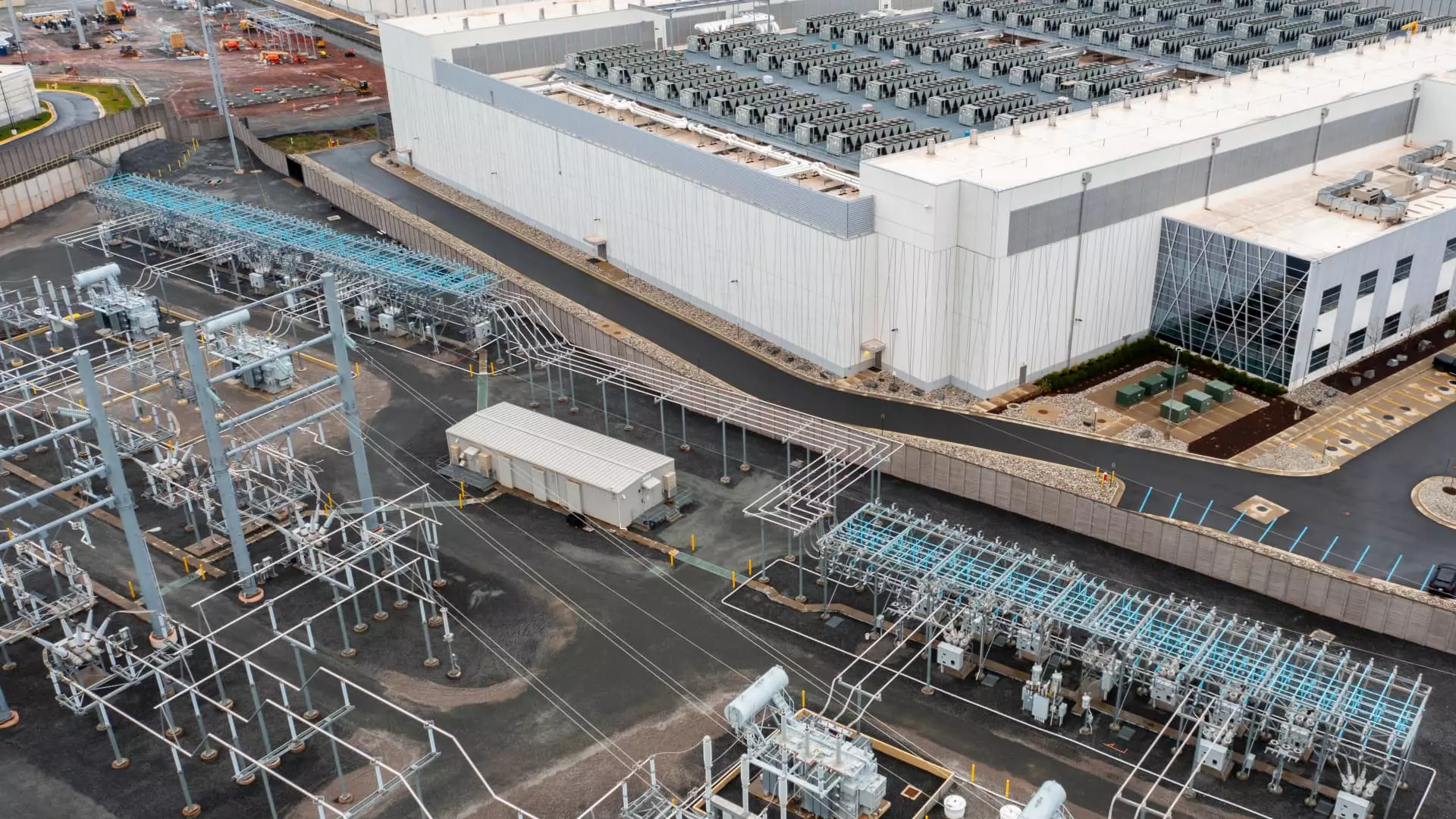In recent years, the intersection between technology and energy production has been the focus of significant interest, primarily due to the increased energy requirements of data centers that support artificial intelligence (AI) and other cloud-centric technologies. Recent developments, particularly a setback for Amazon’s ambition to power its data center operations directly via the Susquehanna nuclear plant in Pennsylvania, reveal the complications that arise when nuclear energy meets the tech sector’s insatiable appetite for power. This incident spotlights not only regulatory hurdles but also the broader implications for the energy market and technological advancement.
The Federal Energy Regulatory Commission (FERC) recently turned down a request made by Talen Energy, alongside the grid operator PJM Interconnection, to increase the power supplied to an Amazon data center from 300 megawatts to a proposed 480 megawatts. This particular arrangement, termed co-location in energy parlance, was seen as an innovative step towards a symbiotic relationship between energy generation and tech infrastructure. By directly powering data centers with nuclear energy, the plan promised significant advantages for grid reliability and consumer energy costs.
However, this collaboration faced an unexpected roadblock following FERC’s ruling. The implications of the denial were felt immediately, with Talen Energy’s stock prices plunging over 5% in the wake of the news. Additionally, it set off a wave of concern among investors regarding similar potential deals involving other companies like Constellation Energy and Vistra Corp., whose stocks also experienced declines.
The FERC’s rejection has more than just immediate financial implications; it casts a long shadow over the future of energy partnerships with the tech sector. Talen Energy lamented the decision as a deterrent to economic growth in energy-rich states such as Pennsylvania, Ohio, and New Jersey. Given the potential economic benefits of innovative energy solutions, this ruling appears contradictory to the public discourse advocating for reduced carbon footprints and sustainable energy practices.
Talen’s assertion emphasizes the urgent need for decision-makers to consider the potential chill on innovation that could arise from regulatory obstacles. The company has stated it is actively examining alternative commercial solutions, highlighting the resilience and adaptability required in the current climate. However, the decision also serves as a cautionary tale for other energy companies mulling over similar arrangements, potentially stalling economic collaborations crucial for advancing both energy production and technology.
Data centers’ power consumption has become increasingly pronounced as AI, cloud computing, and other digital solutions evolve. This demand presents utilities with a growing urgency to find reliable energy sources. Nuclear power has emerged as a leading candidate due to its consistent energy output, low carbon emissions, and capacity to meet large-scale demands. With environmental concerns paramount, the momentum toward fossil-free energy solutions, such as nuclear, compliments technological growth.
Companies like Microsoft have mechanisms in place to navigate regulatory frameworks while pursuing similar energy objectives, as seen with Constellation’s plan to rejuvenate Three Mile Island. Although this particular plant will not supply power directly to Microsoft’s data centers, its operational return is a sign of potential pathways to bridge the gap between energy generation and technological needs.
Ultimately, the rejection of the Amazon-Talen Energy agreement serves as a critical juncture that highlights the fraught relationship between ambitious technological advancements and the regulatory landscape of energy production. As technology companies continue to seek out innovative arrangements for energy consumption, the stakes are high. This setback could catalyze further dialogue among regulators, energy producers, and tech companies to create frameworks that facilitate sustainable growth in the energy-tech nexus. As demand for resources is poised to escalate, ongoing cooperation and adaptation will prove essential for achieving a balanced and eco-conscious energy future.

